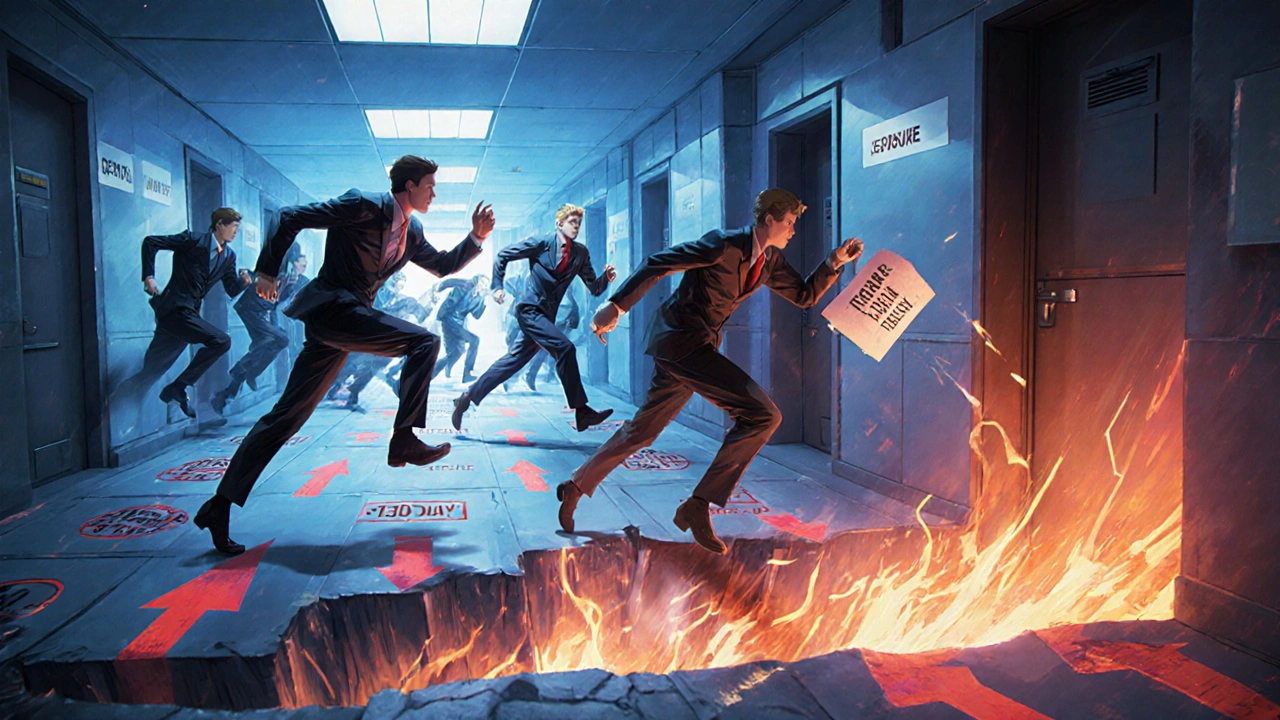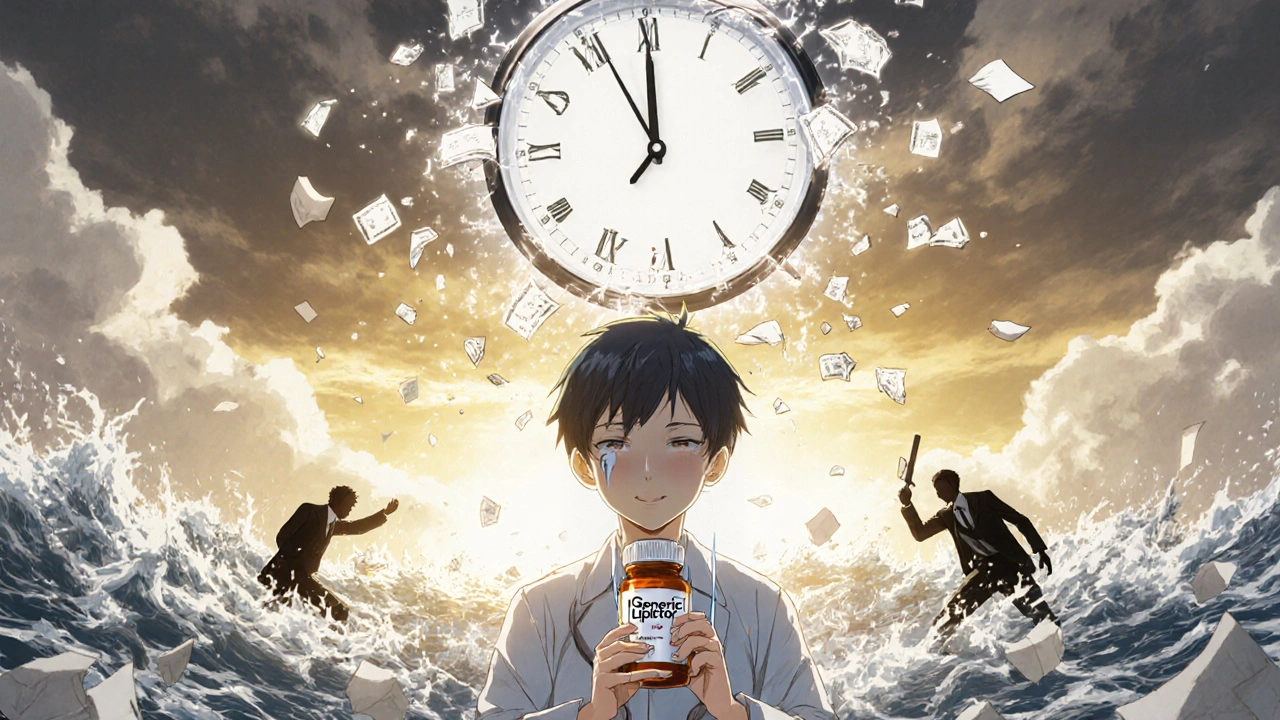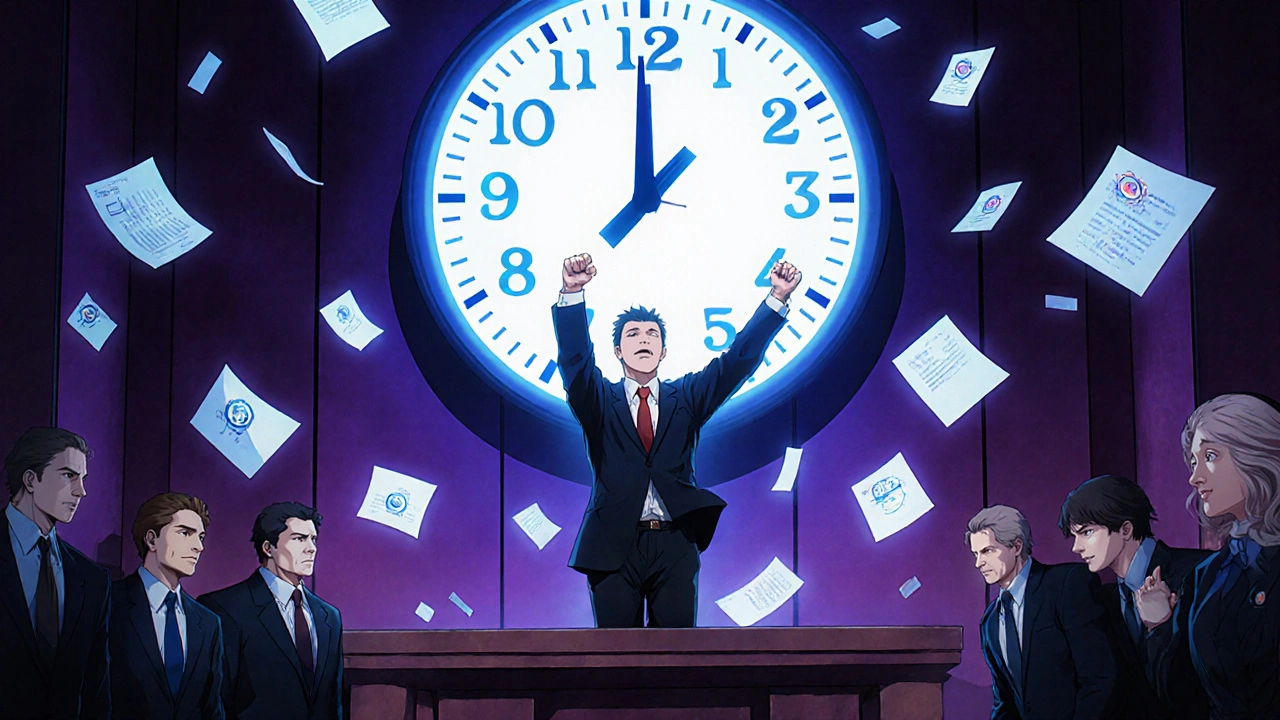When a brand-name drug’s patent runs out, you’d expect generics to flood the market right away-lowering prices, increasing access, and saving patients money. But that’s not how it works. In the U.S., there’s a hidden rule that can delay generic competition for years, even after a patent expires. It’s called 180-day exclusivity, and it’s one of the most powerful-and controversial-tools in pharmaceutical law.
What Exactly Is 180-Day Exclusivity?
It’s not a patent extension. It’s not a regulatory reward. It’s a legal incentive created by Congress in 1984 under the Hatch-Waxman Act. The goal? Encourage generic drug companies to challenge weak or overreaching patents held by brand-name makers. If a generic company files the first application to copy a brand drug and claims the patent is invalid or not infringed (called a Paragraph IV certification), they get 180 days of exclusive rights to sell that generic version. No other generic can enter during that time.
That’s the theory. The reality? It’s messy. The exclusivity period doesn’t start when the patent expires. It doesn’t even start when the FDA approves the drug. It starts when the first generic company either begins selling the drug or wins a court case proving the patent is invalid. And once it starts, no one else can enter-no matter how many other generics are ready.
This creates a winner-takes-all race. Companies spend millions on legal teams, patent analysts, and regulatory consultants just to be the first to file. The prize? A monopoly on a drug that could be selling for 80% less than the brand. For a blockbuster like Lipitor or Humira, that 180-day window could mean over a billion dollars in revenue.
How the System Was Meant to Work
Before Hatch-Waxman, generic drugs had to prove they were safe and effective from scratch-just like the original. That took years and cost tens of millions. Brand-name companies had a natural advantage: patents protected them from competition, and the system made it nearly impossible for generics to catch up.
Hatch-Waxman changed that. It let generics file an Abbreviated New Drug Application (ANDA), using the brand’s safety data instead of doing new trials. But to balance innovation and access, Congress added a carrot: 180 days of exclusivity for the first company to challenge a patent.
The idea was simple: if generics could knock out bad patents, more drugs would become affordable faster. And it worked. In 1984, generics made up just 19% of prescriptions in the U.S. Today, they account for over 90%-saving the healthcare system more than $1.7 trillion in the last decade.
But the system wasn’t built to handle what happened next: lawsuits that dragged on for years.
The Problem: Exclusivity That Lasts Years
Here’s where things break down. The 180-day clock only starts when the first generic company either sells the drug or wins a court case. If the company files a Paragraph IV challenge but the brand sues back-and the case drags on for five years-the exclusivity period hasn’t even begun yet. The generic company sits on its approval, waiting. No one else can enter. The brand keeps selling at full price. Patients pay more. And the system isn’t working.
This isn’t theoretical. It’s happened dozens of times. In one case, a generic company challenged a patent on a blood pressure drug in 2008. The lawsuit lasted six years. The FDA approved the generic in 2014, but the company didn’t launch until 2015. That meant six years of no competition, even though the patent had expired in 2010.
The FDA noticed. In March 2022, they proposed a fix: make the exclusivity period start only when the drug is actually sold. That way, if a company delays, the clock doesn’t start-and other generics can enter immediately. The proposal also suggests extending the exclusivity to 270 days if the first applicant waits more than five years after the patent expires to launch.
But even that fix has critics. Some say 270 days is too long. Others worry it’ll discourage companies from filing challenges at all if they think the reward might be smaller.

Who Gets to Be the First?
Being first isn’t just about filing early. It’s about filing correctly. The ANDA must be “substantially complete”-meaning all the paperwork, data, and certifications are in order. If the FDA says it’s incomplete, you lose your spot. Courts have ruled on this before. In Granutec, Inc. v. Shalala, the court made it clear: only the first applicant with a complete application qualifies.
And if two companies file on the same day? The FDA has rules to break the tie-usually based on who submitted their application first electronically, or who provided the most complete submission. It’s not random. It’s a legal minefield.
That’s why companies hire teams just to monitor patent listings in the FDA’s Orange Book, track when patents expire, and race to file on day one. Some even pay other companies to share their data so they can file faster. It’s a high-stakes game of legal chess.
When You Lose Your Exclusivity
Getting the 180-day window isn’t the end. You have to use it-or lose it. The Medicare Modernization Act of 2003 added forfeiture rules. If you don’t start selling your generic within 75 days of FDA approval, or if you abandon the application, you forfeit your exclusivity. The FDA can then approve other generics right away.
But here’s the catch: the FDA doesn’t always enforce this. In 2018, they issued a clarification about buprenorphine/naloxone sublingual film, saying exclusivity could be lost if the company didn’t market the drug within a “reasonable time.” But they didn’t define what “reasonable” meant. That ambiguity has led to lawsuits, citizen petitions, and years of legal confusion.
One company might sit on its approval, waiting for the brand to lower its price. Another might delay to avoid a price war. Both are legal-but both delay competition. And patients pay the price.
How This Compares to Other Exclusivity Rules
180-day exclusivity is different from other types of drug protection. New chemical entities get five years of data exclusivity. Pediatric studies get six months added to existing exclusivity. Biosimilars get 12 months of exclusivity for the first interchangeable product.
But none of those are tied to patent challenges. Only 180-day exclusivity is designed to break patents open. That’s why it’s so powerful-and so risky.
Unlike biosimilars, where multiple companies can share exclusivity, this is a single-winner system. Only one company gets the prize. And if they don’t play their cards right, everyone else waits.

Why It Matters to You
If you take a generic drug, you’re benefiting from this system. But if you’ve ever waited months or years for a cheaper version of a drug to become available-even after the patent expired-you’ve felt the downside.
Some brand-name companies have been accused of paying generics to delay entry. These “pay-for-delay” deals are illegal under antitrust law, but they still happen. The FTC has sued over them, and courts have blocked some. But the 180-day exclusivity rule makes them easier to hide. A generic company can delay launching for years, claiming they’re waiting for litigation to end-and still keep their exclusivity.
That’s not competition. That’s control.
What’s Next?
The FDA’s 2022 proposal is still under review. If it passes, it could change how generics enter the market forever. Exclusivity would finally match its name: 180 days from launch, not from filing. That means faster access, lower prices, and fewer delays.
But change is slow in pharma. Legal challenges, lobbying, and bureaucratic inertia will delay it. Meanwhile, patients continue to pay more than they should.
For now, the 180-day exclusivity rule remains a double-edged sword: it’s the engine of generic competition, but also its biggest bottleneck.
What triggers the start of the 180-day exclusivity period?
The 180-day exclusivity period begins on the earliest of two dates: the date the first generic drug is commercially marketed, or the date a court rules that the challenged patent is invalid or not infringed. It does not start when the FDA approves the drug or when the brand’s patent expires.
Can multiple generic companies share the 180-day exclusivity?
No. Only the first generic applicant to file a substantially complete ANDA with a Paragraph IV certification qualifies. Even if multiple companies file on the same day, the FDA has rules to determine which one is first. Only that company gets the exclusivity. All others must wait until the 180-day period ends.
What happens if the first generic company doesn’t launch the drug?
If the first applicant doesn’t begin commercial marketing within 75 days of FDA approval, they can forfeit their exclusivity. However, enforcement is inconsistent. In practice, some companies delay launches for years while patent litigation continues, blocking competitors without losing their rights-something the FDA is now trying to fix.
Is 180-day exclusivity the same as patent protection?
No. Patent protection is granted by the U.S. Patent and Trademark Office and can last 20 years. Exclusivity is granted by the FDA under the Hatch-Waxman Act and lasts only 180 days. It’s not a patent extension-it’s a reward for challenging a patent, not for holding one.
Why do generic companies risk filing a Paragraph IV certification?
Because the potential reward is huge. A single blockbuster drug can generate billions in annual sales. Winning 180 days of exclusivity means being the only generic seller during that time, often capturing over 80% of the market. The legal costs are high-sometimes tens of millions-but the payoff can be far greater.
Has the FDA tried to fix problems with the 180-day exclusivity system?
Yes. In March 2022, the FDA proposed major changes to ensure exclusivity lasts only 180 days from the date of first commercial marketing-not from the date of filing or court decision. They also proposed extending exclusivity to 270 days if the first applicant delays launch beyond five years after the patent expires. These changes aim to prevent long delays in generic market entry.
Final Thoughts
The 180-day exclusivity rule was designed to break monopolies. But over time, it’s become a tool for extending them. The system works brilliantly when generics move fast. It fails badly when they wait. The FDA knows this. The courts know this. And patients feel it every time they’re forced to pay more than they should for a drug that’s been off-patent for years.
The fix isn’t complicated: make the clock start when the drug hits the shelf, not when the lawsuit is filed. Until then, the system remains a paradox-intended to lower prices, but often holding them up.
